Get Tech Tips
Subscribe to free tech tips.
The Secrets to Happy HVAC Customers
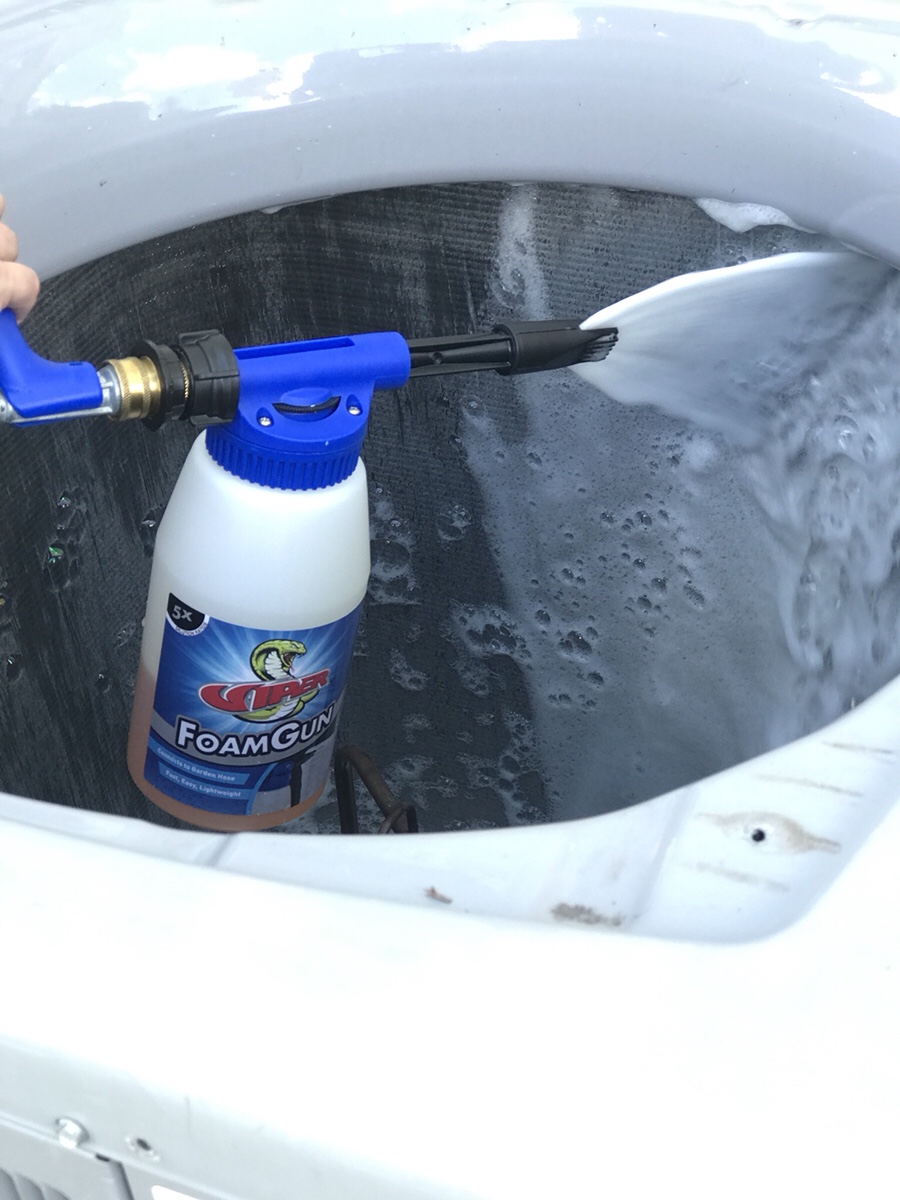
It was an awkward conversation, bringing a technician nearly twice my age into my office for a talk.
“I'm good at fixing units. I'm not some fancy-talking sales tech,” the technician half-mumbled as I sat looking at him.
“The customer complained that you made them feel uncomfortable, you were unfriendly, and you tracked dirt in the house,” I responded.
“I did NOT track dirt. I wiped my feet REALLY good,” he replied, all the while knowing my policy on wearing shoe covers.
It didn't work out. It almost never does when a tech takes on the mindset that their ONLY job is fixing broken stuff.
Maintaining happy customers has many parts, and only one of those parts is fixing broken stuff, even though that is the most important part, in my opinion. Some people call these “soft skills,” or they call an article like this “customer service training.” I just call it common sense. See if you agree.
The secrets to happy HVAC customers aren't actually so secret after all. Here are some essential steps in keeping residential HVAC customers happy:
Keep Their Home Clean and Damage-free
Remove shoes or wear shoe covers every time you walk inside. I much prefer shoe covers because it allows you to demonstrate care for their home without walking around it in nasty old socks.

Use drop cloths whenever working inside the home, on closet equipment, or when doing any cutting or cleaning inside. You will need to replace drop cloths with some regularity to keep them looking decent.
Whenever brazing indoors, make sure to use metal shielding or a fire-resistant drop cloth to keep from damaging floors and surfaces. In general, leave your workspaces cleaner than when you started, even if it requires using a shop vac, a broom, or a rag.
Make the Equipment Look Better
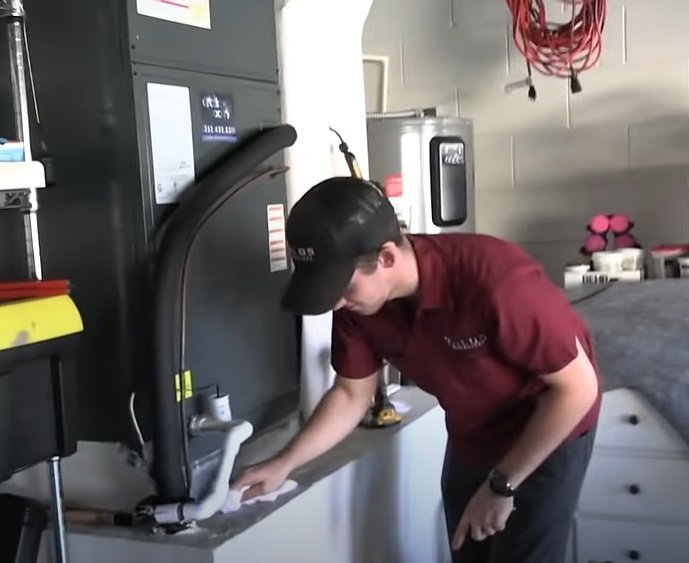
One of the most effective secrets to making HVAC customers happy is making things look better. You can start with obvious things like:
- Doing a good condenser coil cleaning
- Cleaning the leaves out of the condenser bottom
- Cleaning off the return air grille
- Cleaning the drain pan and line really well
- Cleaning debris out of the return box
- Wiping down the outside of the equipment
- Neatening up wires
- Replacing damaged line insulation
- Removing and cleaning the blower wheel
You may charge for some of these things, or you may do them as part of a maintenance or service call. Either way, when you do these things well, the customer feels good about what you did because it's something they can see and understand.
Act Like You Are Having a Good Day

When a tech shows up with a sour look on their face and starts complaining about the dispatcher or their boss or the other company or that OTHER customer, it rarely ends well. Customers may even smile and nod or even commiserate, but they do this not because they like it; they are afraid they will be the next victim of the negativity.
If you want customers to be happy, then you need to be happy and set a rule NEVER to complain about anything with a customer.
Watch Out for Pets
If the customer has a pet, ask if they are prone to bolt for the door so that you can make sure not to let it get out. It's best never to open gates or doors without asking first anyway. People take their pets very seriously. So, treat them like precious occupants of the home.
Look like a Pro
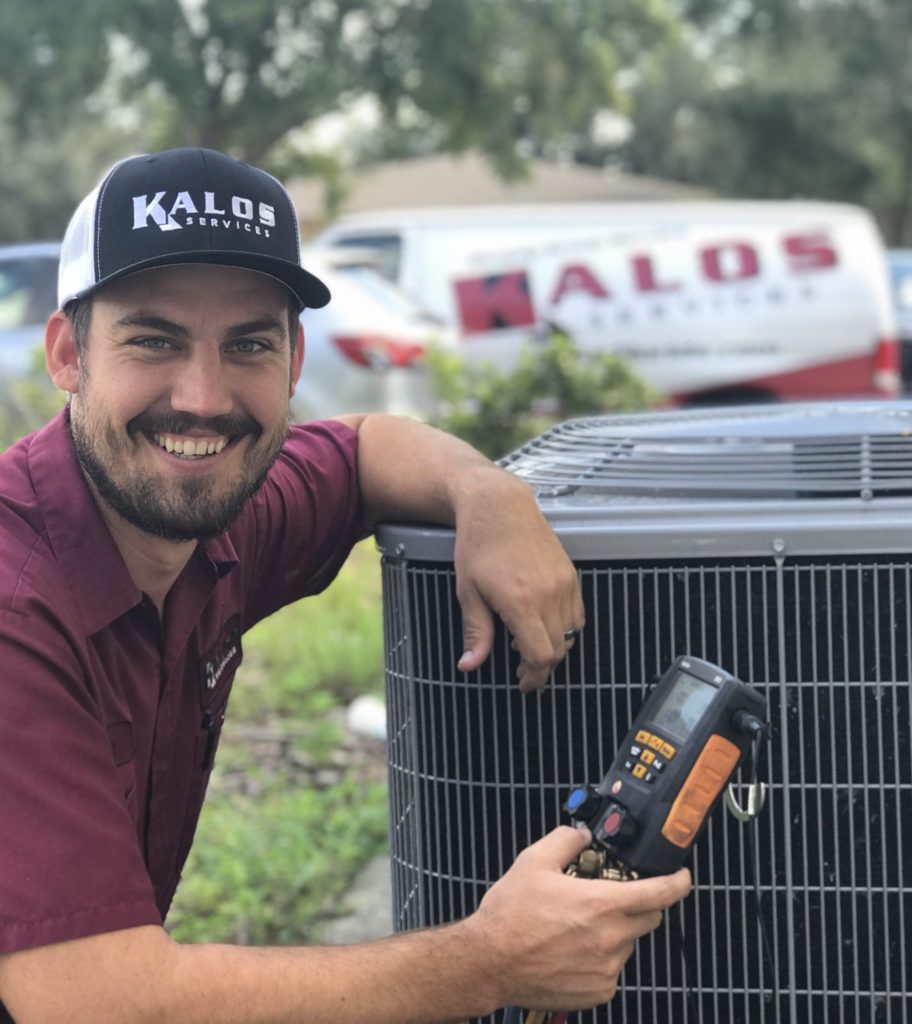
While you don't need to have a perfect white shirt or gelled hair, you do need to look the part of an HVAC expert so that when the customer sees you, they will feel confident in your ability. That means coming to the door with your “go-kit” of tools in hand, reasonably well kept, and a look that says you are ready to take their problem seriously and take care of it. In my honest opinion, clear eyes, a smile, and a brisk walk say more about a person than whether they have a beard, a few tattoos, and an untucked shirt.
Listen and Reiterate
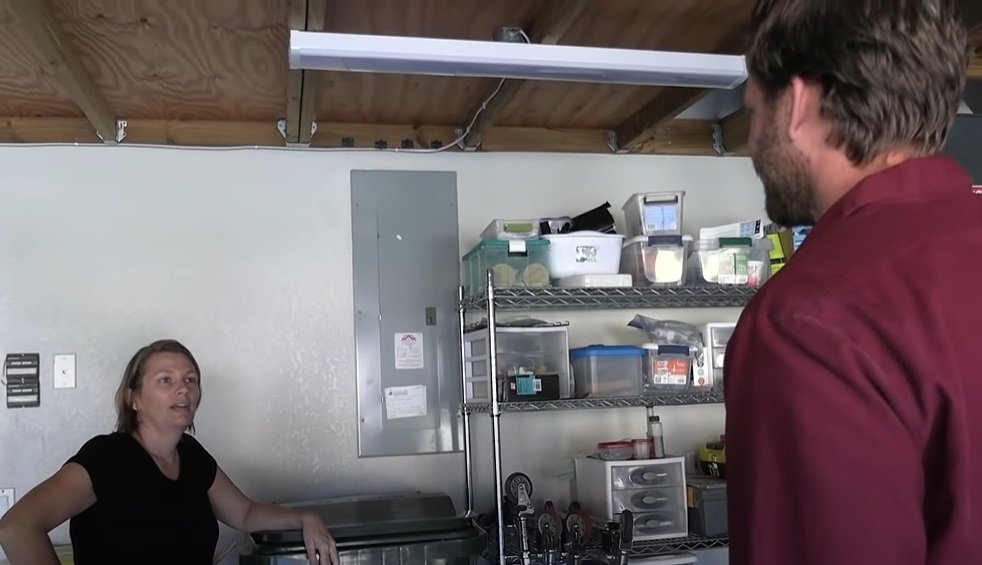
I see many techs “project” themselves from the start of the call until the end. You are the expert in the customer's eyes, so it's good to be confident, but that rarely means you need to talk a lot. A good tech will ask the customer thoughtful questions about their system, what they may have noticed, their comfort, etc.
When a customer mentions the same thing a few times, then you can reiterate it, “So, comfort in your office seems to be an area of concern. I'm going to take some extra measurements and look at your ducts to see if we can improve that.”
You don't need to PUSH or be dishonest to sell or to have customers see you as an expert. You mostly need to listen. They'll let you know how you can help.
Fix the ENTIRE System
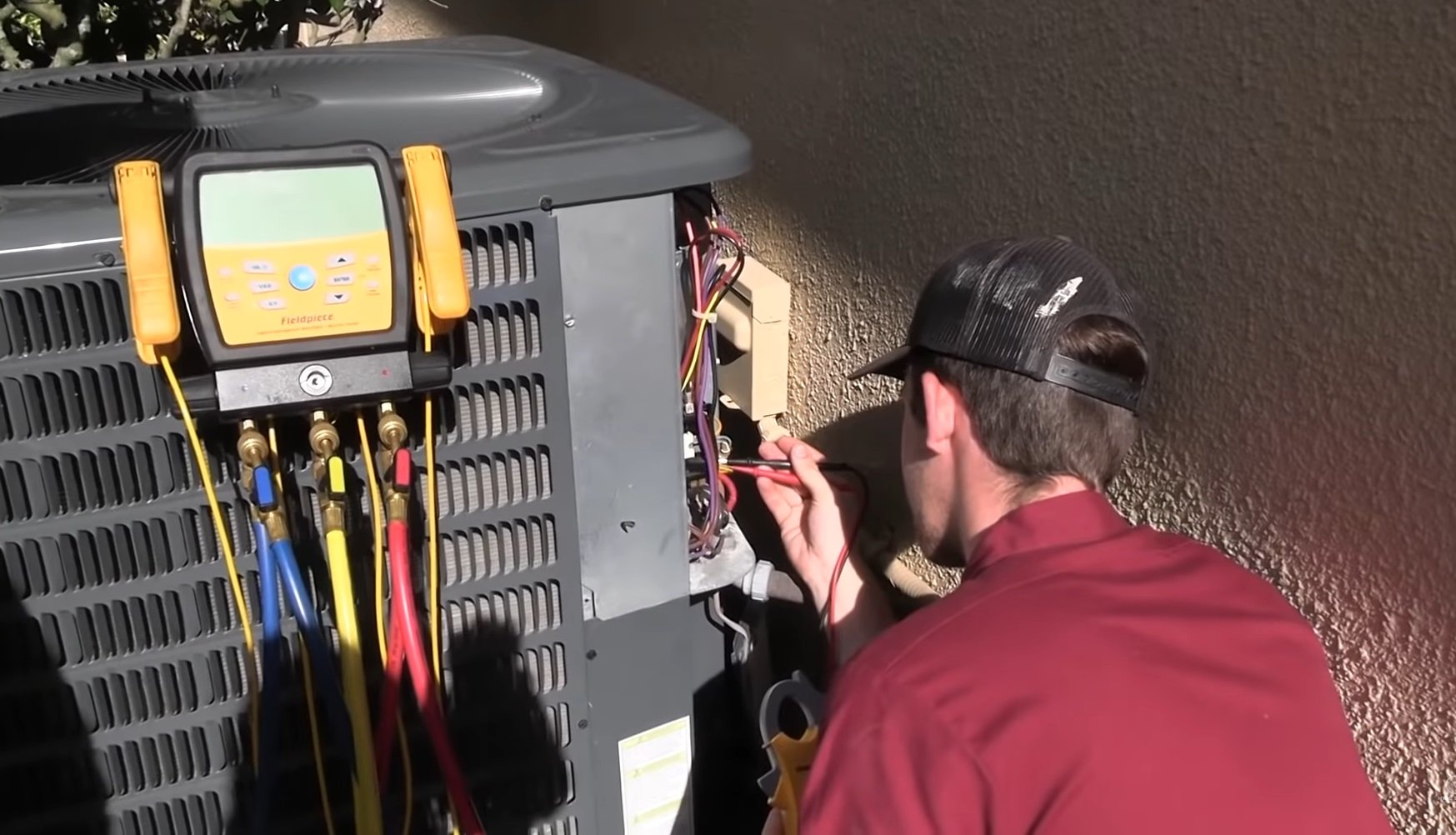
Don't find one issue and stop. Check the entire system and note anything that could improve the longevity and efficiency of the equipment or the comfort of the home. Nothing makes for angry customers like callbacks, so do everything you can to fix it ALL the first time, and do it the right way.
NOTE: This should not be used as an excuse to be a parts changer. If you tell a customer to replace a part without being confident the part has failed, including how and why it failed, you aren't an honest tech; you are bad for our trade.
Have a Closing Conversation
At the end of every call or before you walk away, have a final conversation with the customer that is natural to you. Say something like, “At Kalos, we really want to improve on every call. Is there anything we could have done from the start to the finish of this service that we could have done better?”
The goal of this final conversation is to get feedback from the customer and allow them the space to consider if they really are satisfied or not. If they are, then saying it will help cement it in their minds. However, if they aren't, you will want to know that before you leave.
If you practice these things, communicate clearly, and treat people with respect, I can bet you have really happy customers.
- Care for their home
- Clean stuff
- Listen
- Fix everything they want and do it right the first time
And those are the secrets to happy HVAC customers. Easy.
—Bryan
P.S. – Bert made a video about his top AC maintenance tips, and it contains a good mix of hard and soft skills. You can watch that video HERE. If you'd rather read about it, you can check out THIS tech tip. You can also check out our basic residential maintenance procedure HERE.











Comments
To leave a comment, you need to log in.
Log In